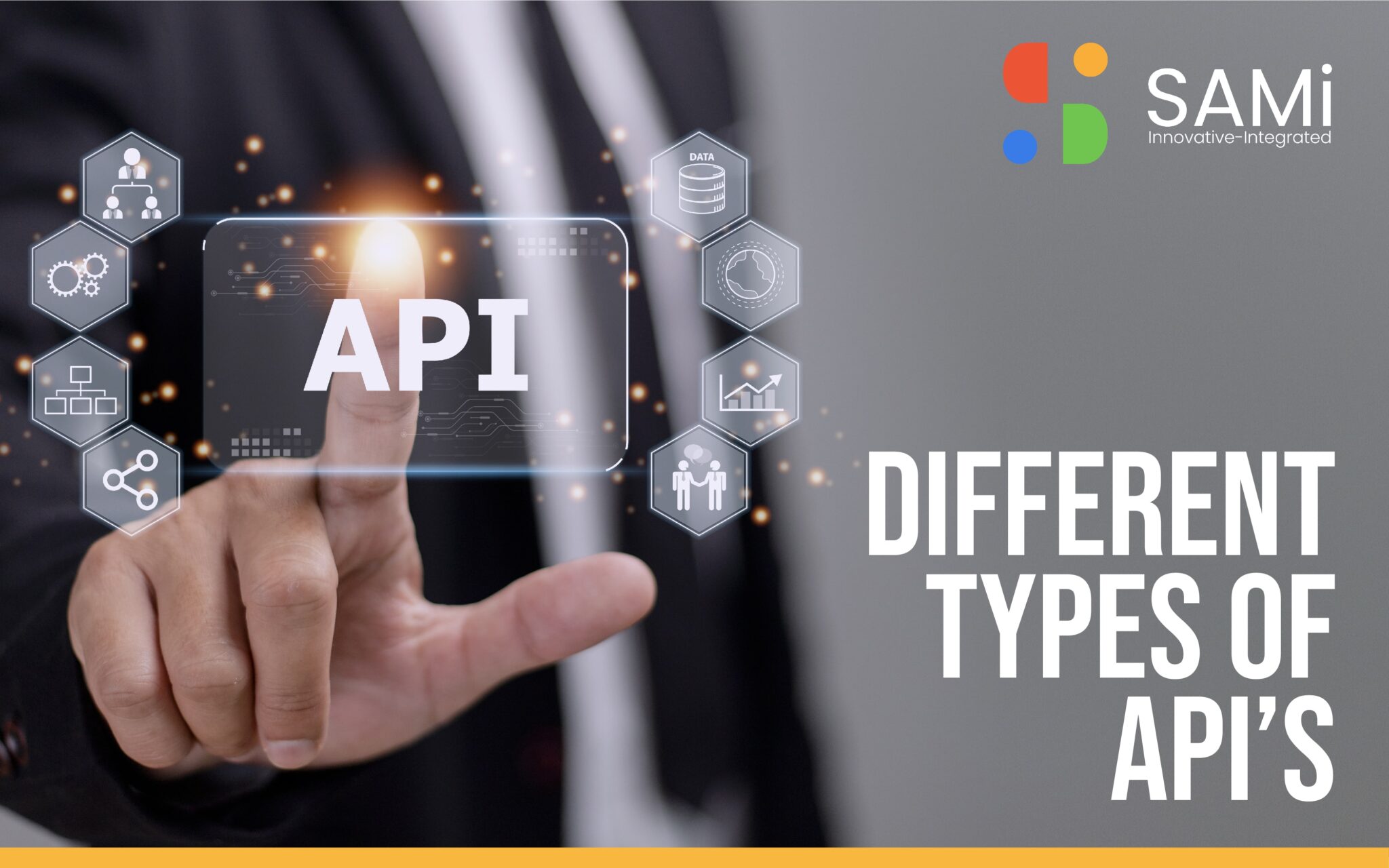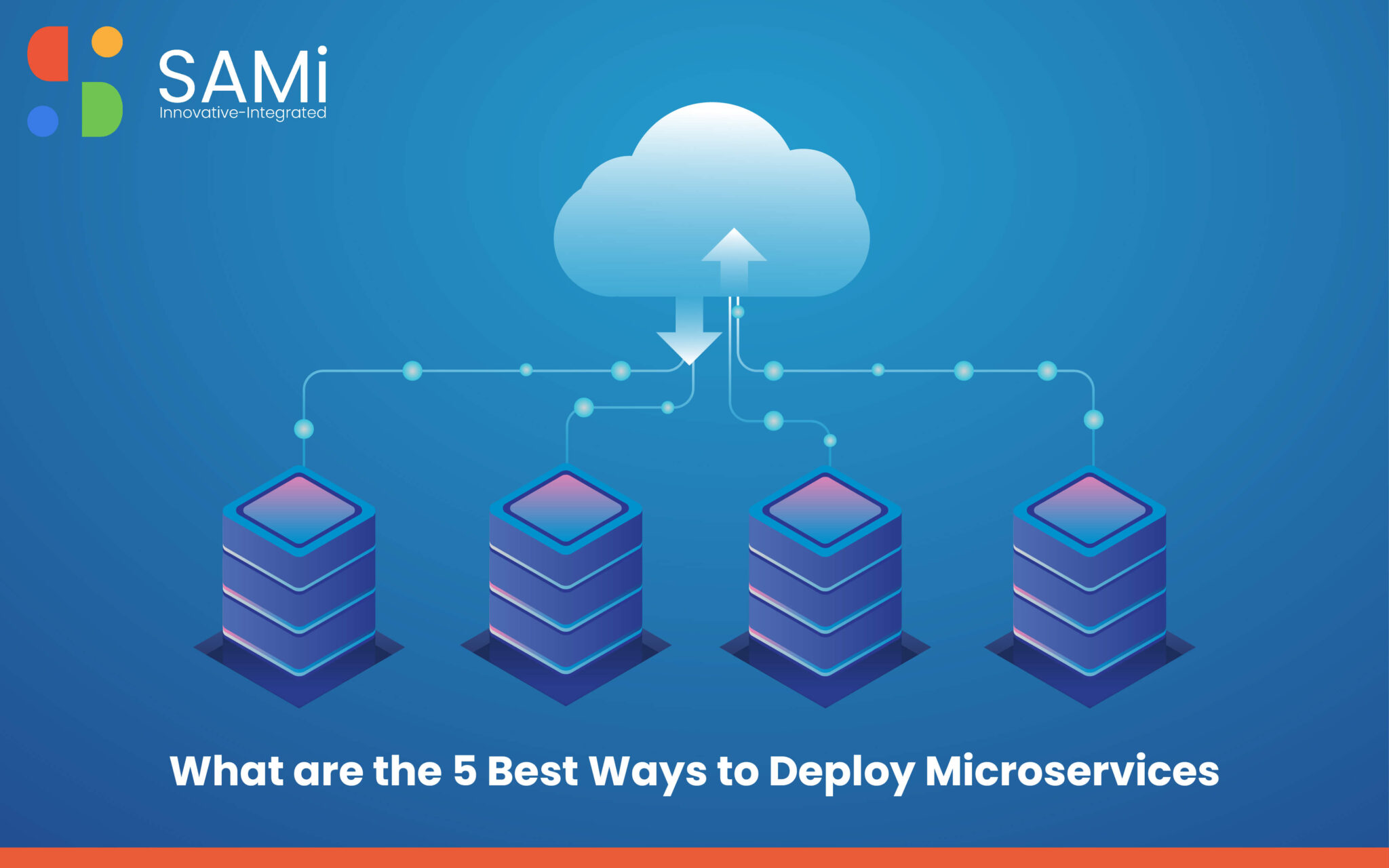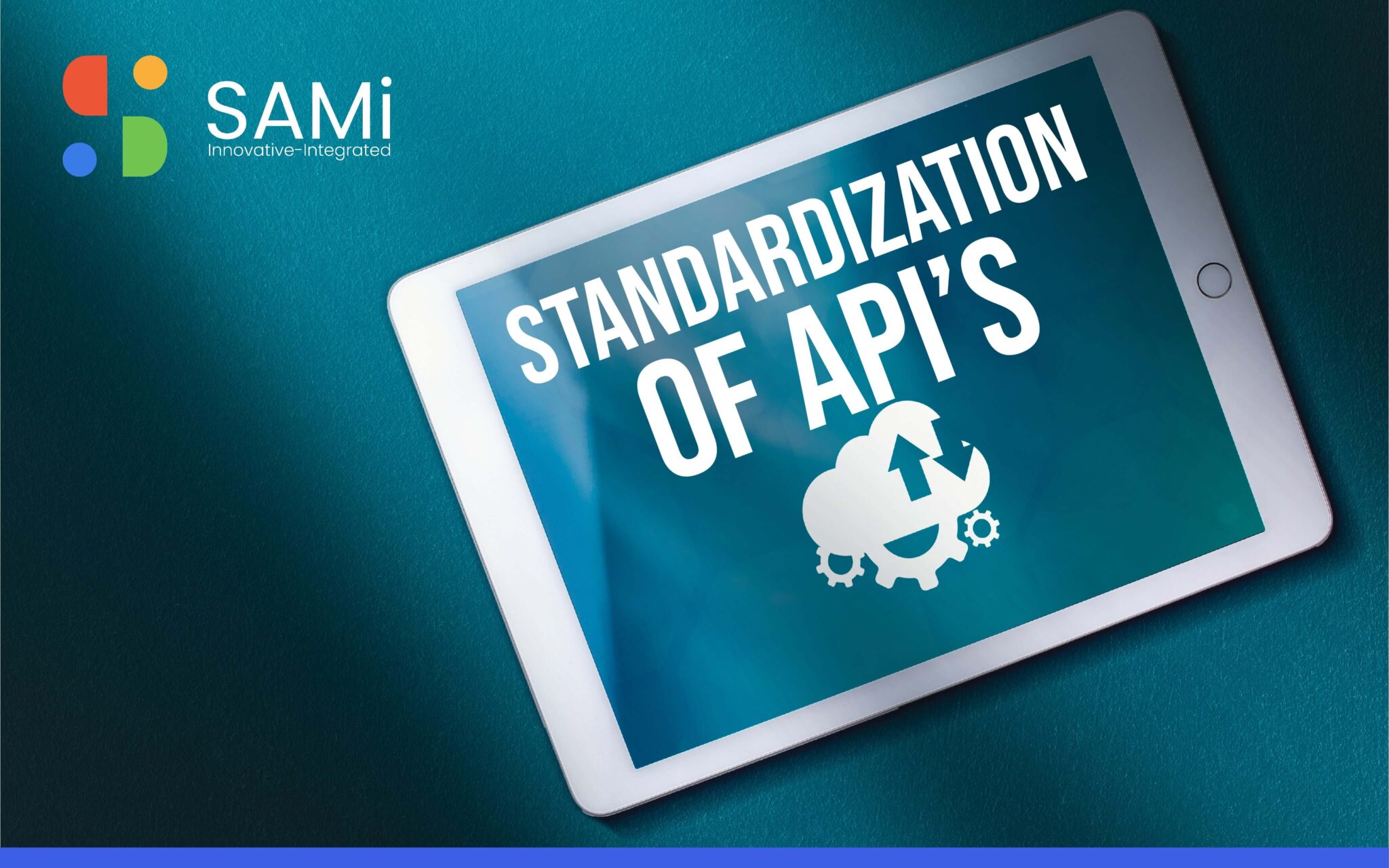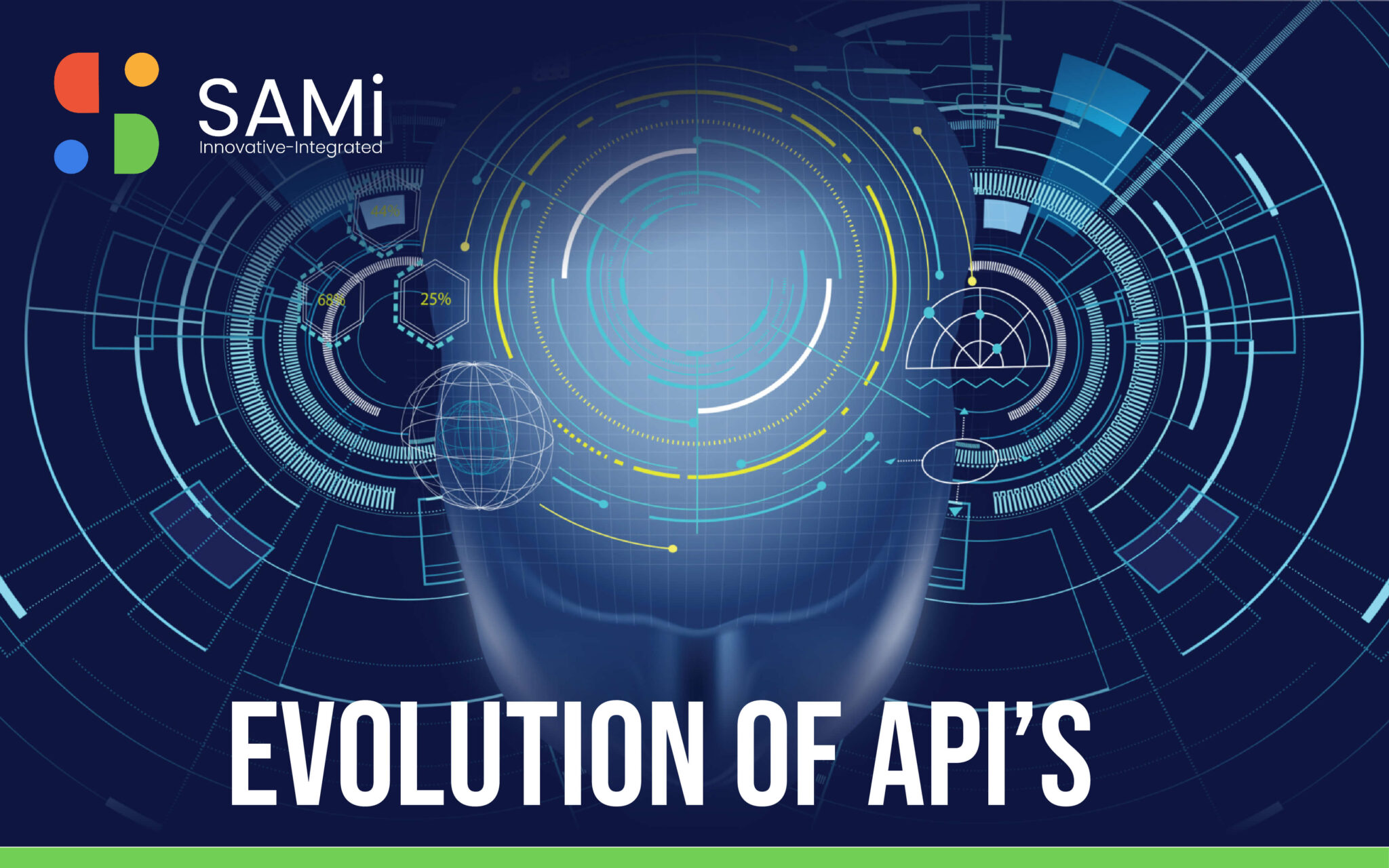APIs (Application Programming Interfaces) allow different software systems to communicate and exchange data with each other. They can be categorized based on their accessibility, structure, and the way they transfer data. We can categorize API’s broadly into three:
Accessibility:
- Open API: These APIs are publicly accessible and allow for easy access and implementation by developers. They are often used for third-party integrations and allow for the creation of new applications and services. Examples include Twitter API, Google Maps API, and Stripe API.
- Internal API: These APIs are meant for use within an organization only, and are not accessible to the public. They are used for communication between internal systems and teams, enabling efficient and streamlined data exchange.
- Partner API: These APIs are made available to specific partners, such as those in a business alliance. They allow for the sharing of information and services between partner organizations.
- Composite API: These APIs combine multiple APIs into a single request, allowing for easier and more streamlined access to data. They are often used to integrate different systems and services, providing a single endpoint for data exchange.
Also Read: How API’s Communicate
Structure:
- REST (Representational State Transfer): REST is a popular type of API that uses HTTP requests to exchange data. REST APIs use standard HTTP methods such as GET, PUT, POST and DELETE to perform operations on data. They are lightweight and easy to implement, making them a popular choice for web-based APIs.
- SOAP (Simple Object Access Protocol): SOAP is a protocol for exchanging structured information in the implementation of web services. SOAP APIs use XML to encode messages, and can be used with a variety of transport protocols, including HTTP and SMTP. They are typically used for more complex and secure applications that require a high degree of data exchange.
- GraphQL: GraphQL is a data query language and runtime for APIs. It allows for more flexible and efficient data retrieval, enabling clients to specify exactly what data they need and receive only that data in a single request. This can lead to reduced network overhead and faster performance.
- gRPC: gRPC is a high-performance, open-source framework for building APIs. It uses a compact binary format for data transfer, allowing for efficient and fast communication between systems. gRPC supports a wide range of programming languages and can be used for both online and offline applications.
Also Read: Top Industries that use APIs
Security:
APIs can implement authentication and authorization methods to secure the exchange of data. Common methods include:
- OAuth: An open standard for authorization that allows users to grant third-party access to their data without revealing their passwords.
- JWT (JSON Web Token): A compact and self-contained token format that is used to securely transmit information between systems.
- API keys: A unique identifier that is used to track and control access to an API. API keys are typically generated by the API provider and are required to access the API.
In conclusion, APIs play a critical role in enabling the exchange of data and functionality between different software systems. The choice of API type, structure, and security method will depend on the specific requirements and use case of the application.




